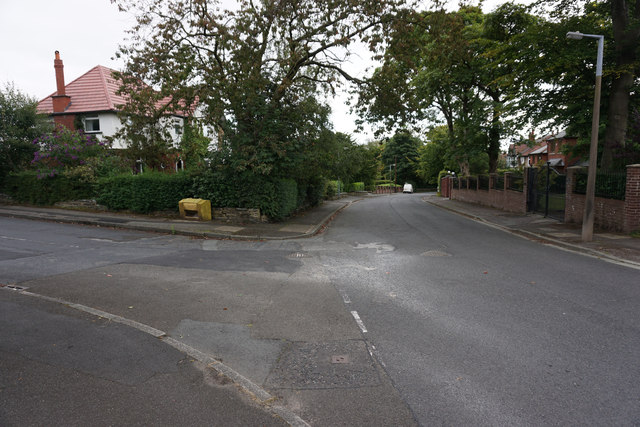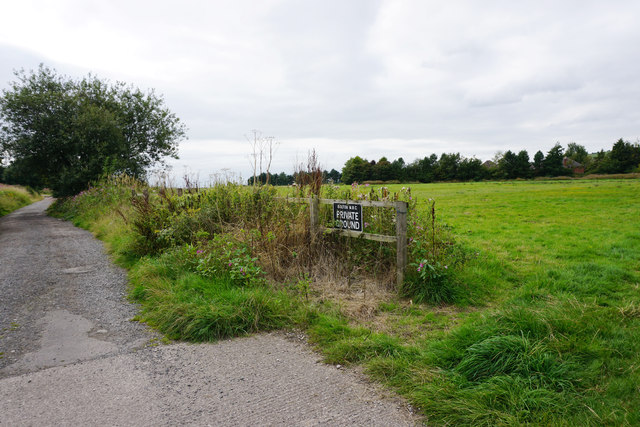Victoria Lake
Lake, Pool, Pond, Freshwater Marsh in Lancashire
England
Victoria Lake
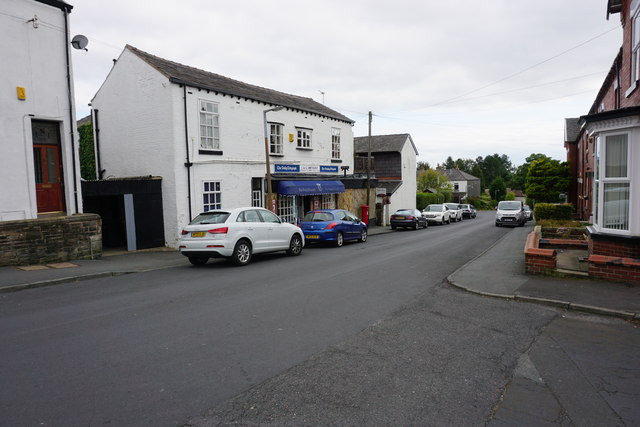
Victoria Lake is a small but picturesque body of water located in the county of Lancashire, England. Nestled within the tranquil surroundings of Victoria Park, it serves as a popular recreational spot for both locals and tourists alike. Spanning approximately 2 acres in area, the lake is in the shape of an elongated oval, with a maximum depth of around 4 meters.
The lake is primarily fed by natural springs, ensuring a constant flow of freshwater throughout the year. Its crystal-clear waters provide a habitat for a diverse range of aquatic flora and fauna, including various species of fish, waterfowl, and insects. Visitors can often spot ducks and swans gracefully gliding across the surface, adding to the serenity and charm of the surroundings.
Surrounded by lush greenery, the lake is bordered by a well-maintained footpath, allowing visitors to take leisurely strolls and enjoy the tranquil ambiance. The park offers ample seating areas and picnic spots, making it an ideal destination for families and friends to gather and enjoy a day out in nature.
In addition to its natural beauty, Victoria Lake offers various recreational activities. Fishing enthusiasts are welcome to try their luck in catching one of the lake's resident fish species, including carp and perch. However, a valid fishing permit is required for this activity.
Overall, Victoria Lake in Lancashire is a picturesque freshwater haven, providing a serene escape from the hustle and bustle of daily life. Whether it's for a leisurely walk, birdwatching, or a peaceful picnic, this charming lake offers something for everyone to enjoy.
If you have any feedback on the listing, please let us know in the comments section below.
Victoria Lake Images
Images are sourced within 2km of 53.59958/-2.4665621 or Grid Reference SD6911. Thanks to Geograph Open Source API. All images are credited.





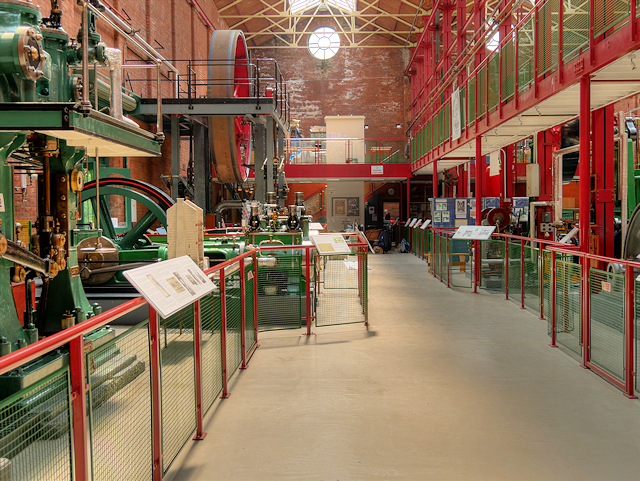

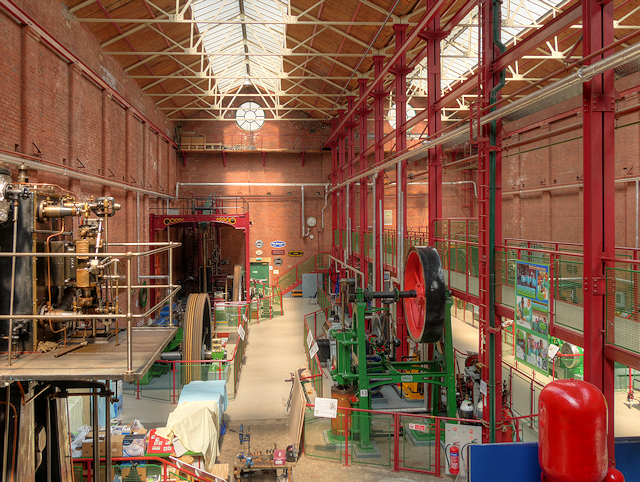


Victoria Lake is located at Grid Ref: SD6911 (Lat: 53.59958, Lng: -2.4665621)
Unitary Authority: Bolton
Police Authority: Greater Manchester
What 3 Words
///traded.rungs.plant. Near Bolton, Manchester
Nearby Locations
Related Wikis
Barrow Bridge, Bolton
Barrow Bridge is a model village in the north-west outskirts of Bolton in Greater Manchester, England. It was created in the Industrial Revolution but...
Moss Bank Park, Bolton
Moss Bank Park is a 34.25 hectares (84.6 acres) park in Bolton, Greater Manchester, England. It consists of open space, woodland, gardens and other facilities...
Smithills
Smithills is a mainly residential suburb of Bolton in Greater Manchester, England. It is 3.1 miles (5 km) northwest of Bolton, 14.5 miles (23 km) south...
The Sixth Form Bolton
The Sixth Form Bolton, formerly Bolton Sixth Form College, is a further education college for students aged 16-19 and is located in Bolton, Greater Manchester...
Nearby Amenities
Located within 500m of 53.59958,-2.4665621Have you been to Victoria Lake?
Leave your review of Victoria Lake below (or comments, questions and feedback).
